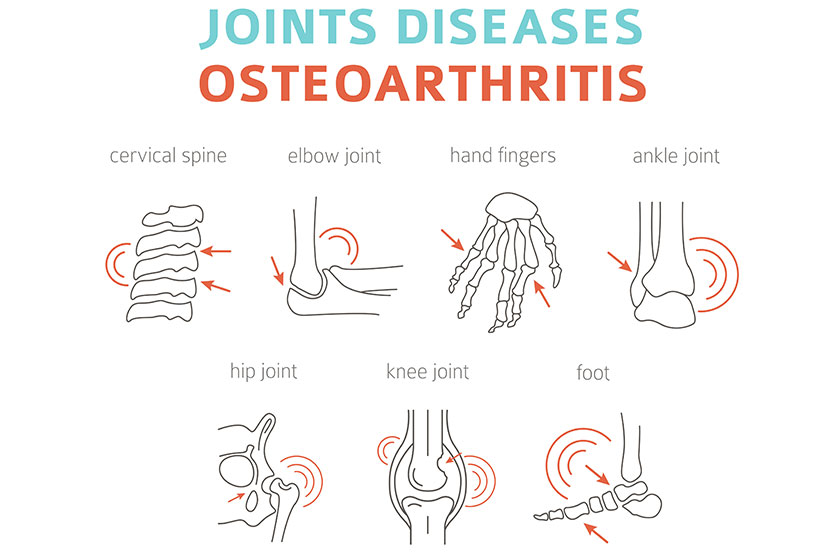Osteoarthritis (OA) is a rampant problem that any of us can run into, especially as we age. It’s the most common form of arthritis and the most common chronic joint condition, making it a leading cause of disability in patients older than 65 years. Hence, if your loved ones want to live their retirement years in comfort, it’s helpful to understand the stages of osteoarthritis and how to beat it.
Stage 0: Normal Health
This means that there are no signs of Osteoarthritis shown, and the joints are functioning at the peak of health. There is no impairment, discomfort, or pain. If your loved ones are at this stage, they can keep it this way by maintaining healthy lifestyle habits. Such measures include:
- Exercising: encourages movement and increases muscle strength, which helps to support the joints.
- Maintaining a healthy weight: relieves pressure on the joints that could occur from weighing more.
- Correcting bad posture: examples include slouching and forward head posture. This can add stress to the joints.
Stage 1: Minor Osteoarthritis
Characterized by minor wear-and-tear and minor bone spurs in the joints. Bone spurs are growths where the bones meet at the joint, which can be quite common in the elderly. It’s minor to the point that there is usually little to no pain in the affected area.
No special treatment may be necessary at this early stage. However, supplements may be recommended by the doctor at this stage to ensure joint health.
Stage 2: Mild Osteoarthritis
This is the stage in which bone spurs become more noticeable. The affected area can feel stiff after sedentary periods. This could lead to a patient requiring a brace (such as a knee brace for osteoarthritis in the knee). Other remedies include pain relievers, physical therapy, and anti-inflammatory drugs.
Stage 3: Moderate Osteoarthritis
Cartilage (which cushions the joints in your body) at the site of the affected area starts to erode. Obvious damage starts to show, and the space between bones begins to narrow, causing further stiffness. There’s also frequent pain during movement. Depending on the affected area, it could be:
- Walking
- Kneeling
- Opening doors
- Cooking
- Household chores
Stage 4: Severe Osteoarthritis
A patient experiences great pain and discomfort when moving the affected joint area. Furthermore, the joint space between bones has dramatically reduced in the affected area. This causes lots of stiffness and difficulty in moving, which could render a patient immobile. The cartilage has most likely eroded to almost nothing by this stage, and the overgrowth of bone spurs in the affected area can further the extent of pain a patient is facing. At this point, treatment often involves having to go through surgery.
Is Osteoarthritis Holding Your Loved Ones Back?
Consider joining an assisted living community to help your loved ones enjoy their retirement years. In an assisted living community, residents receive support in day-to-day activities to ensure their quality of life. Consider Morada Waxahachie’s assisted living option, backed by a dedicated team that’ll be around 24/7!







